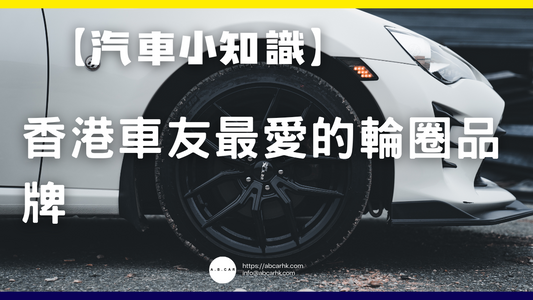[Pet Knowledge] 4 Signs and Solutions for Separation Anxiety in Your Dog🐾

4 major signs and solutions for Xiao Wang's separation anxiety🐾
Why do dogs have separation anxiety?
Separation anxiety refers to excessive anxiety, destructive behavior, and barking in dogs when their owners leave the house, which can even affect their physical and mental health. This is especially true in Hong Kong, where there are many working people and small homes, and puppies and newly adopted pets are particularly susceptible to this condition. Recognizing the signs and addressing them appropriately is crucial!
1. Continuous barking/whining 🐶😢
Dogs will bark and whine as soon as they see their owners about to leave, sometimes continuing to bark until their owners return. Their barking is often more rapid and mournful than usual, sometimes even becoming hoarse. Many families discover their dogs are experiencing separation anxiety through complaints.
2. Excessive destructive behavior 🦴🪑
After their owner leaves the house, the dog chews furniture, doors, shoes, curtains, and even scratches doors and chews walls. They don't normally do this, but they appear only when their owner is home alone, simply to vent their anxiety.
3. Urinating and defecating in public 🧻🐾
The dog may have been trained to go to the toilet, but as soon as the owner leaves home, the dog will go to the toilet anywhere. Even if the dog is taken to the toilet before going out, problems will still occur.
4. Physiological signs of stress 😰🍽️
These include constant drooling, panting, trembling, pacing, loss of appetite, excessive grooming, and some even experience vomiting or diarrhea. They become restless when their owners are not around.
4 Ways to Address Puppy Separation Anxiety
1. Progressive solitude training
Start by leaving for a short time (such as 1-2 minutes), gradually increase the time, repeat the training, and stay calm every time. When you return home, don't get too excited or punish the dog too much. The dog will gradually get used to the owner's absence.
2. Create an independent and safe corner🏡
Create a quiet, small corner in your home that's home-friendly, with a cage, a blanket, and toys. Let your dog get used to being alone there for short periods of time, gradually increasing their sense of security.
3. Provide distraction toys 🎾
When you leave home, you can give your dog toys filled with snacks, chew bones, intelligence balls, etc. to divert its attention, relieve its sense of emptiness, and prevent it from paying too much attention to its owner's absence.
4. Keep a low profile when entering and leaving the house⛔️
When leaving/returning home, don't say goodbye too much, hug your pet too long, or overly welcome or say goodbye. Act relaxed, make separation and reunion normal, and reduce your pet's anxiety.
Editor's summary
Separation anxiety in puppies is a very common and manageable problem. Patience and a step-by-step approach to routine and interaction are crucial. Don't be afraid to spend a little time practicing daily to gradually improve your pup's sense of security. If the situation becomes severe, consult a veterinarian or behavioral specialist. Never resort to punishment. With time, you'll see your pup become more confident and happy!



